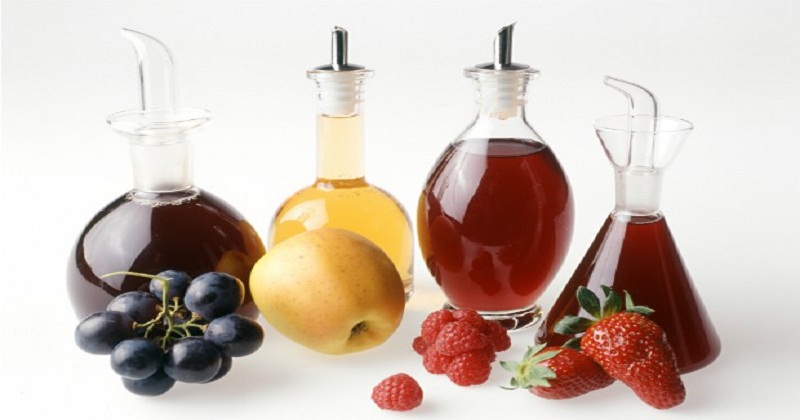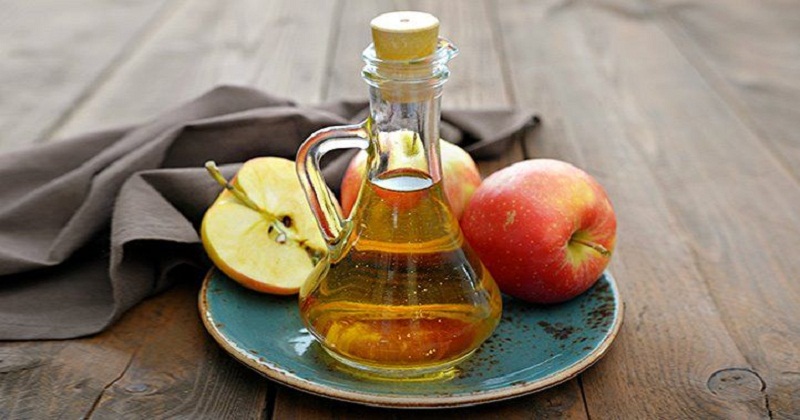
Vinegar has long been used worldwide as a basic seasoning in the preparation and cooking of certain foods because its sharp taste makes it so useful and versatile. Because of its acetic acid content and low pH, vinegar is used as a preservative for both domestic use and in the food industry. It is essentially a dilute solution of acetic (ethanoic) acid in water. Acetic acid is produced by the oxidation of ethanol by acetic acid bacteria, and, in most countries, commercial production involves a double fermentation where the ethanol is produced by the fermentation of sugars by yeast. As a result, the traditional vinegar and the traditional alcoholic beverage of a country or region often share a common source. This can be seen in the preponderance of wine vinegar in countries such as France and Italy, malt vinegar in the UK, and rice vinegar in Japan.

There are many types of kinds of vinegar, from white distilled and balsamic to rice, apple cider, and red and white wine vinegar, each one has a different flavour. Apple cider vinegar, for instance, is less acidic compared to the other varieties and is a popular choice for salad dressings and marinades. Balsamic vinegar is believed to have Italian origins and is dark and syrupy. Both red and white wine vinegar, as the names suggest, are made from wine. Red wine vinegar has more punch than white wine vinegar. Both can be used for salad dressings and for marinating chicken.

USES OF VINEGAR
1. We can clean our Kitchen scissors blades with white distilled vinegar and then dry them with a towel or any cloth.
2. It is also great for removing those mineral deposits from shower-heads.
3. we can soak your coloured clothes in distilled vinegar for a few minutes so that the colours don’t run after the first wash.
4. Vinegar can help restore the shine of your old carpet.
5. Vinegar has beauty benefits too. Apple cider vinegar, many believe, restores the pH balance of your scalp and fights dandruff.

Post Your Comments